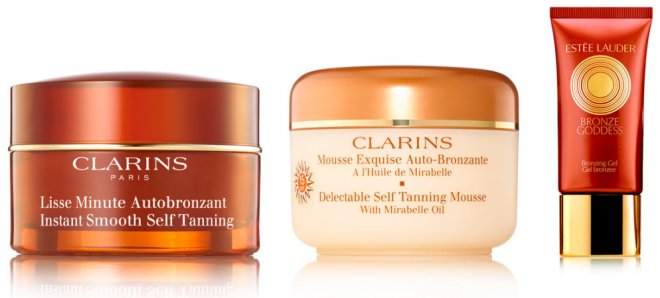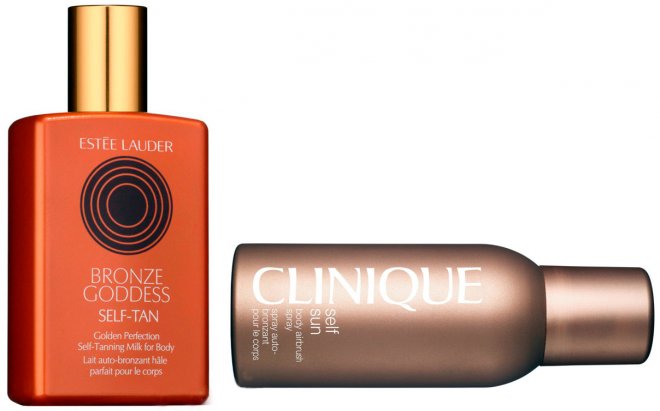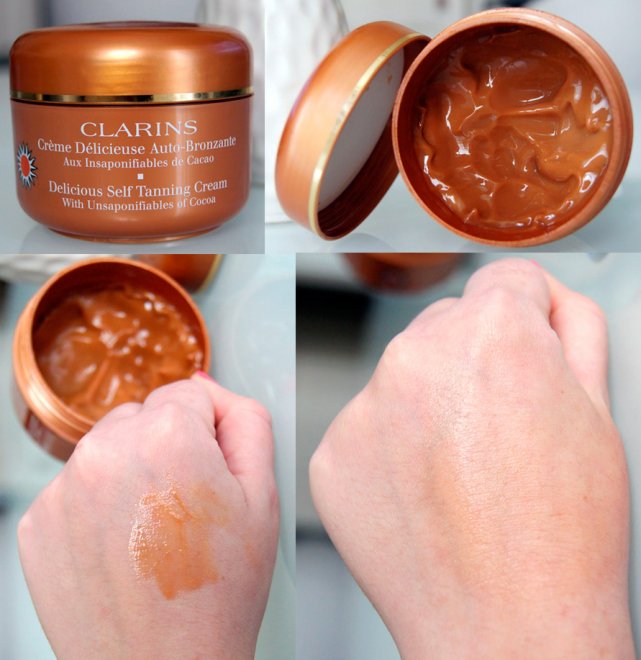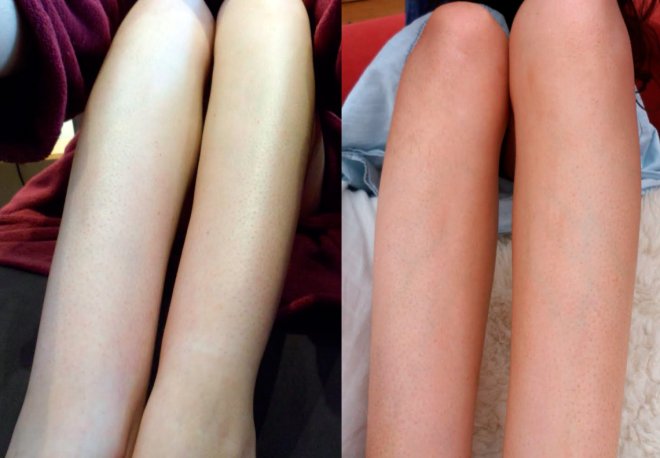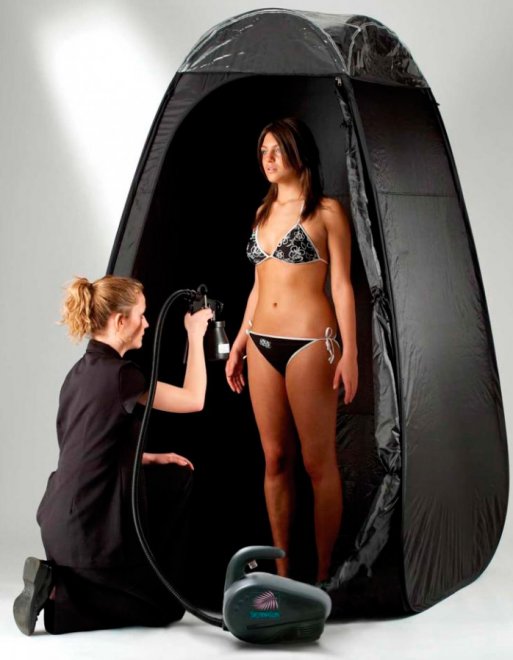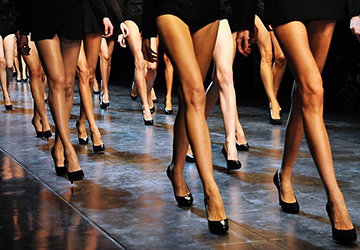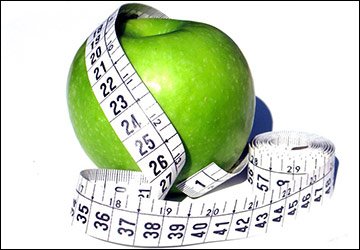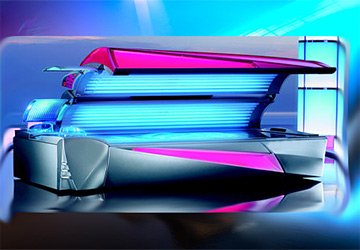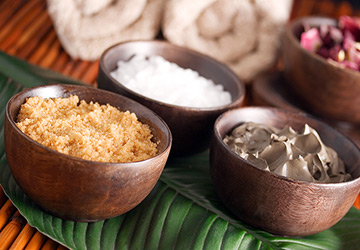Cosmetics and makeup
Self-tanning at home and in the salon
With some lifestyle, our skin looks too pale. For example, those who spend a lot of time at home and in offices, practically without getting into the sun. And since the season of resorts is in full swing, every girl wants bright colors, hot summer and a beautiful, tanned body. Unfortunately, or perhaps fortunately, the skin of Slavs will never compare in properties and color with the skin of European girls, especially those of African-American roots. And yet, not a single girl will refuse to highlight her fair skin a little, make it just livelier and brighter, add shine and healthy radiance.
There are several ways to do this. The first is a natural tan. But this procedure is quite lengthy (especially for fair skin), and not everyone wants to appear on the beach in the pale role of a northern ghost. The second method is a solarium, which is not suitable for everyone because of the intense activity of ultraviolet rays, designed to cause a tan on the skin as soon as possible. And the third is self-tanning.
Good home self-tanning - classification
Self-tanning is a type of toning agent, and is divided into 2 categories: bronzer and auto-bronzant (self-tanning). Bronzers include products designed to slightly matte the skin for a short time (several hours). These tools include bronzer powder, which was once invented legendary Coco Chanel, tanning lotions or creams, etc. (e.g. Dior Bronze Original Healthy Tan Powder). Autobronzers are generally longer lasting products. These include self-tanning creams, lotions, or self-tanning mousses, and there is also a self-tanner spray. Self-tanners stay on the body for several days, deeply toning the upper layers of the skin (interacting with the epidermis).
Self-tanning at home - application rules
Before applying any self-tanner, a whole preparation procedure is required.
First rule - your skin should be clean. Secondly, it should have as few obstacles as possible for uniform coverage - keratinized epidermal cells, hairs, etc. Therefore, some time (preferably a day) before applying self-tanning, you need to take a shower with a soft scrub, and also, do a thorough hair removal. Only under these conditions can guarantees remain that a self-tanner applied at home will lie more or less evenly.
Second rule - it is best to mix self-tanning with a caring milk or body cream, which will contribute to its maximum even application. Self-tanning cream and regular cream are mixed in a one-to-one ratio.
Third rule - when applying self-tanning, it is best to use special plastic gloves to avoid staining the palms of the hands, fingers and nails.
Fourth rule - you need to apply quite a bit of the product on the elbows, knees and armpits, as the skin in these places is colored much more intensively and there is a risk of uneven spots.
Fifth rule - after applying self-tanning, it is advisable not to touch anything for 30-60 minutes, do not put clothes on the body and do not come into contact with bed linen until the applied product is well absorbed.
Rule six - since the interaction of self-tanning with the skin is nothing more than a chemical reaction, you should not use perfume or eau de toilette, especially alcohol-based, immediately after applying it.
As far as we can see, the procedure for preparing and applying self-tanning tanning is rather laborious and time-consuming. And most importantly, what will we get as a result?
Pros of self-tanning
In a matter of hours, your skin will acquire a pleasant shade of light (or intense tan), depending on the chosen product.
Self-tanning has a pronounced long-lasting effect and will not wash off your skin the first time you shower. With repeated applications, the tanning effect will be fixed more and more.
Self-tanning is safe enough for health. It will not scorch your skin with ultraviolet rays and will not cause dryness or redness, as is often the case after visiting a tanning bed.
Cons of self-tanning
Get ready for the fact that your skin will not be able to breathe as it should - after all, auto bronzers have a rather powerful, nourishing base and will create additional sensations of an oily film on the skin, especially in the heat, in summer. Creams and lotions (for example, Holiday Skin by Jonson's) have a heavier, gradually emerging structure. The lightest and most immediate - sprays, mousses and body milk (for example, Garnier Self-Tanning Spray "Smooth Tan").
When your body comes into contact with your body (if you, say, cross your legs), self-tanning in this place can become stains, since the moisture from the sweaty skin will dissolve the applied product. Exactly the same effect will be observed when visiting the sauna, to a lesser extent - the beach or pool. Thanks to this, you are at great risk of becoming an exotic leopard.
Self-tanning should not be used for skin problems - eczema, psoriasis, cuts, injuries and other diseases, as well as during pregnancy.
Self-tanning can stain clothing, especially during the first hours after application. And therefore, it is not recommended to put on light or too tight things after using it.
Self-tanning (bronzing) procedure in the salon
It is a known fact that evenly applying milk or cream to the body (especially for beginners) is much easier than spray tanning. Modern beauty salons-studios offer us to carry out this procedure with them, with the help of experienced specialists. In such salons, special sprayers are used for the most uniform application of the bronzing agent, which is an extremely convenient method. At the request of the client, in the salon you can apply self-tanning both on the whole body and on its individual parts (arms, legs, face or décolleté area). In addition, in the studio-studio you will be helped to choose a tan color that suits your skin (up to 7-8 shades). When visiting the salon, you should strictly follow all the recommendations of the specialists before and after the bronzing procedure itself.
Comments and Reviews
Add a comment
Rating news
Shades of clothing that make women look younger
What shades of hair make women younger: rules and photos
Funny wedding dresses - photos and ideas
12 most expensive down jackets for the winter
How to look 25 at 40: tips from supermodels
Beautiful schoolgirls
Anti-aging haircuts and hairstyles for women
Fashionable skirts for autumn and winter
Fashionable women's trousers for the cold season
Fashionable and stylish sandals for summer 2024
Spring-summer 2024
 Fashionable dresses and tops with thin spaghetti straps
Fashionable dresses and tops with thin spaghetti straps
 Bandana tops: how to wear stylishly and beautifully
Bandana tops: how to wear stylishly and beautifully
 How to put together the perfect men's wardrobe for the summer
How to put together the perfect men's wardrobe for the summer
 Trendy shorts for spring-summer 2024
Trendy shorts for spring-summer 2024
 Fashionable skirts for spring-summer 2024: a guide to online shopping
Fashionable skirts for spring-summer 2024: a guide to online shopping
 The most fashionable dresses spring-summer 2024: styles and colors
The most fashionable dresses spring-summer 2024: styles and colors
 Fashionable total look 2024: image ideas and trends
Fashionable total look 2024: image ideas and trends

